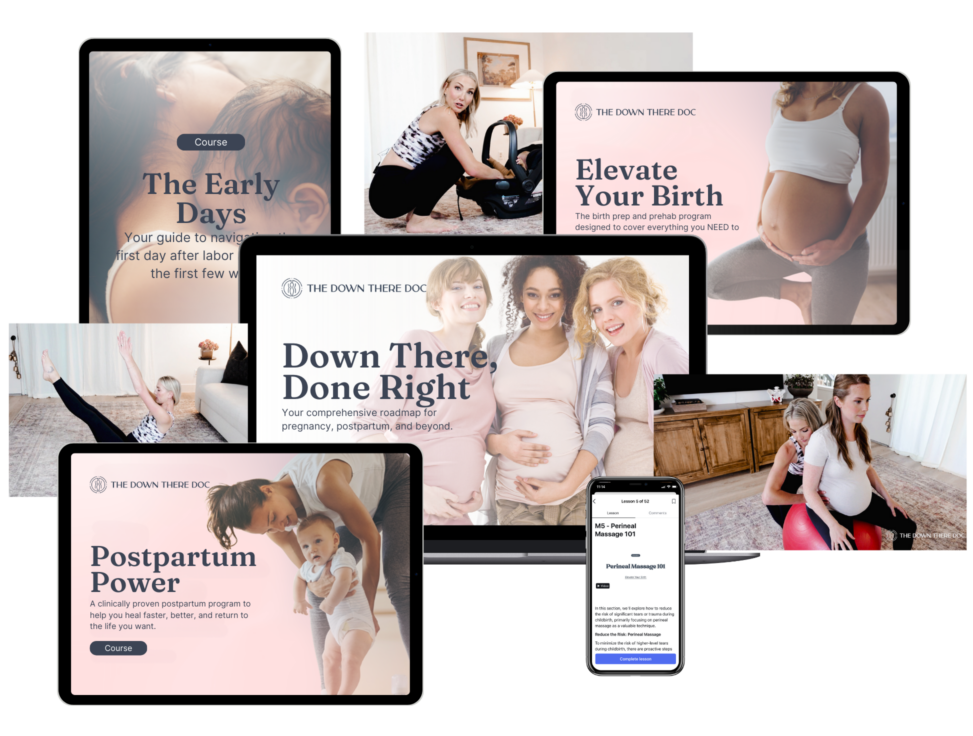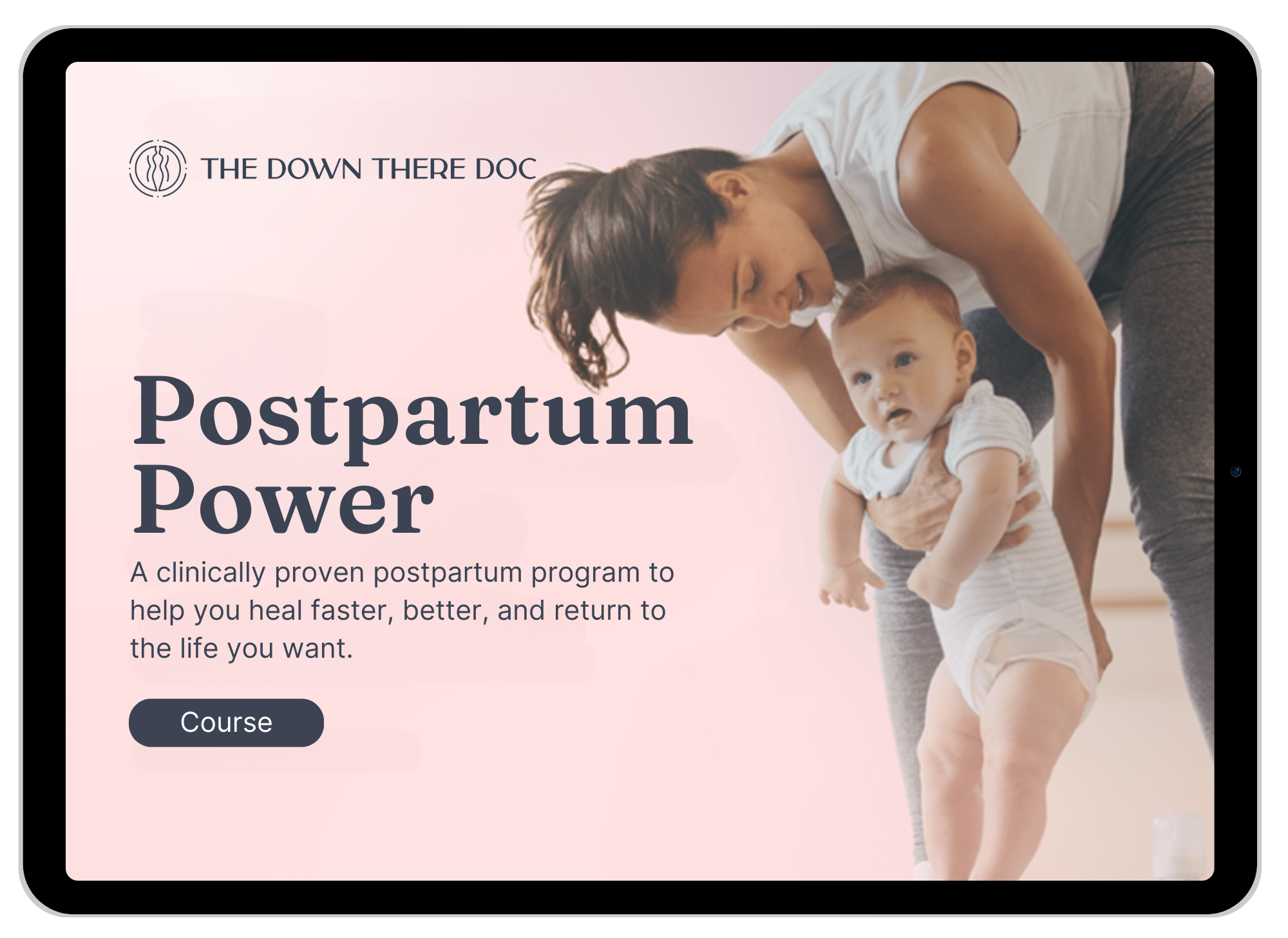Giving birth can be a daunting experience, and having an epidural can make things easier. However, many women are not aware that they still have options when it comes to different birthing positions with an epidural.
You can labor in a number of positions other than just on your back. In this article, we’ll talk about epidurals and go through some of the different positions you can use.
See Also

Understanding Epidurals and Their Limitations
An epidural involves the administration of medication into the epidural space, which numbs the nerves that transmit pain signals from the uterus and lower body to the brain.
It provides effective pain relief while allowing the mother to remain alert and present during labor and childbirth.
The dosage and strength of the epidural can vary, and it is important to discuss your options and preferences with your healthcare provider beforehand.
While an epidural can provide much-needed pain relief, it does limit freedom of movement to some extent.
With an epidural, you may experience decreased sensation and muscle control in the lower body. This can make it challenging to move around or change positions during labor.
However, it’s important to remember that there are still several positions you can try to optimize the birthing process and support your pelvic floor.
Birthing positions you can try with an epidural
While an epidural can limit mobility during labor, it doesn’t mean that you are confined to one position.
Understanding the various positions available and discussing them with your healthcare provider beforehand can help you make informed decisions about what feels most comfortable and beneficial for you.
Here are a few options to discuss with your provider:
Semi-Reclining Position
In the semi-reclining position, you are in a partially upright position with the head of the bed raised. This position can help with the gravity-assisted descent of the baby while maintaining some pelvic floor muscle engagement. It allows for easy monitoring of fetal heart rate and offers a sense of comfort and support.
Side-Lying Position
The side-lying position involves lying on your side with your upper leg slightly bent. This position helps alleviate pressure on the lower back and allows for optimal blood flow to the placenta. It is particularly beneficial for women who may experience discomfort in the lower back due to the effects of the epidural.
Supported Squat Position
With the support of a birthing bar or a partner’s assistance, you can assume a squatting position while leaning forward. This position takes advantage of gravity to facilitate the descent of the baby and opens up the pelvic outlet. It can help enhance the effectiveness of contractions and encourage engagement of the pelvic floor muscles.
Hands and Knees Position
In the hands and knees position, you support yourself on your hands and knees, creating a “tabletop” position. This posture can help relieve pressure on the lower back, reduce back pain, and allow for optimal positioning of the baby. It also aids in the alignment of the pelvis and encourages the engagement of the pelvic floor muscles.
Upright Position with Support
Using a birthing ball, leaning against a wall, or having a partner’s support, you can assume an upright position. This position allows for freedom of movement and encourages the natural rotation of the baby through the birth canal. It helps maintain the alignment of the pelvis and allows the pelvic floor to work effectively.
Conclusion
Each position has its unique advantages, such as promoting pelvic floor engagement, optimizing baby’s descent, and providing pain relief. Remember, effective communication with your healthcare team and being knowledgeable about your options can empower you to have a positive birth experience with an epidural.
For more in-depth training on birthing positions and preparation, check out my free Push Prep 101 Webinar or if you’re really ready to dive in, head over to my online program Down There Done Right.










